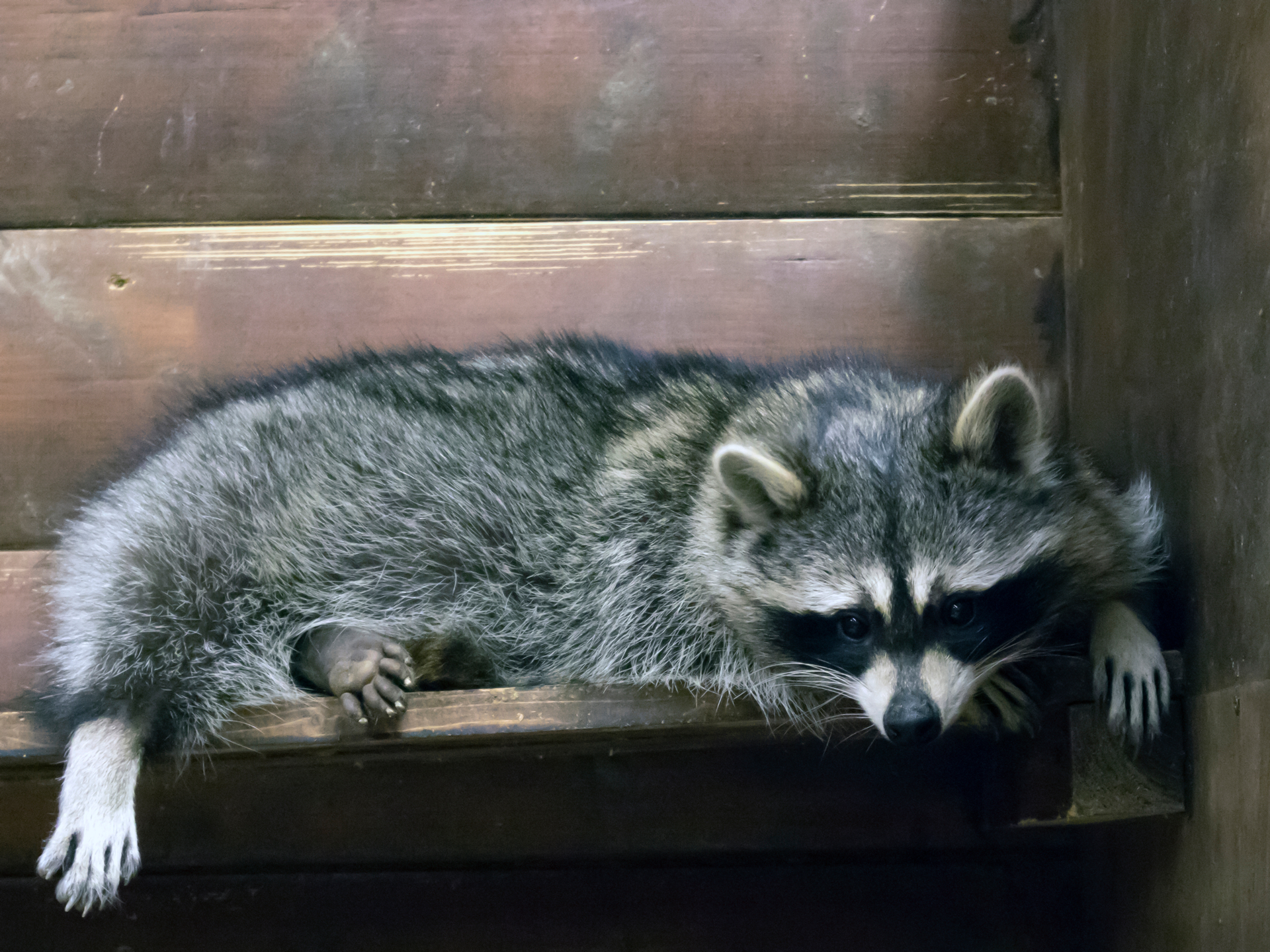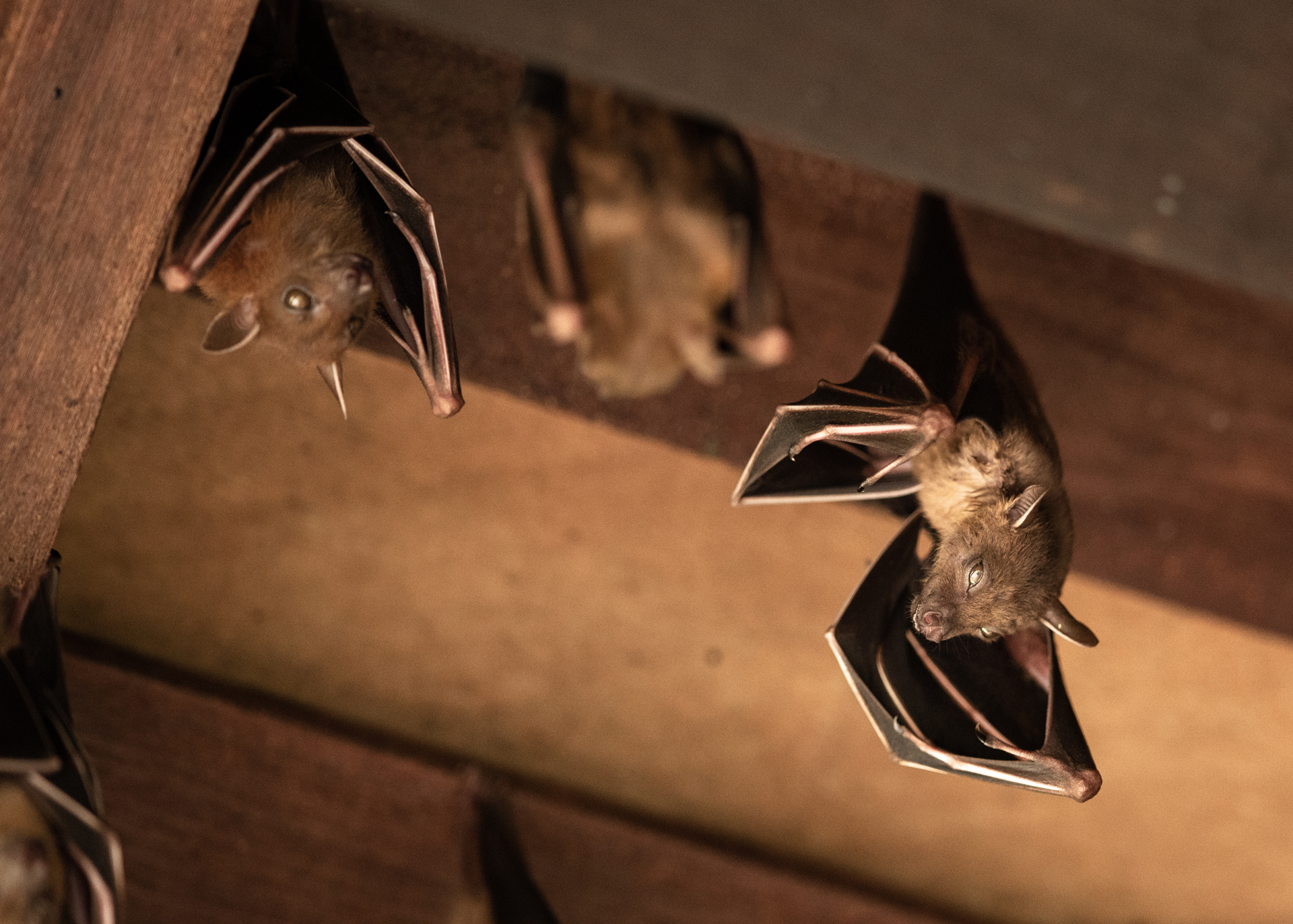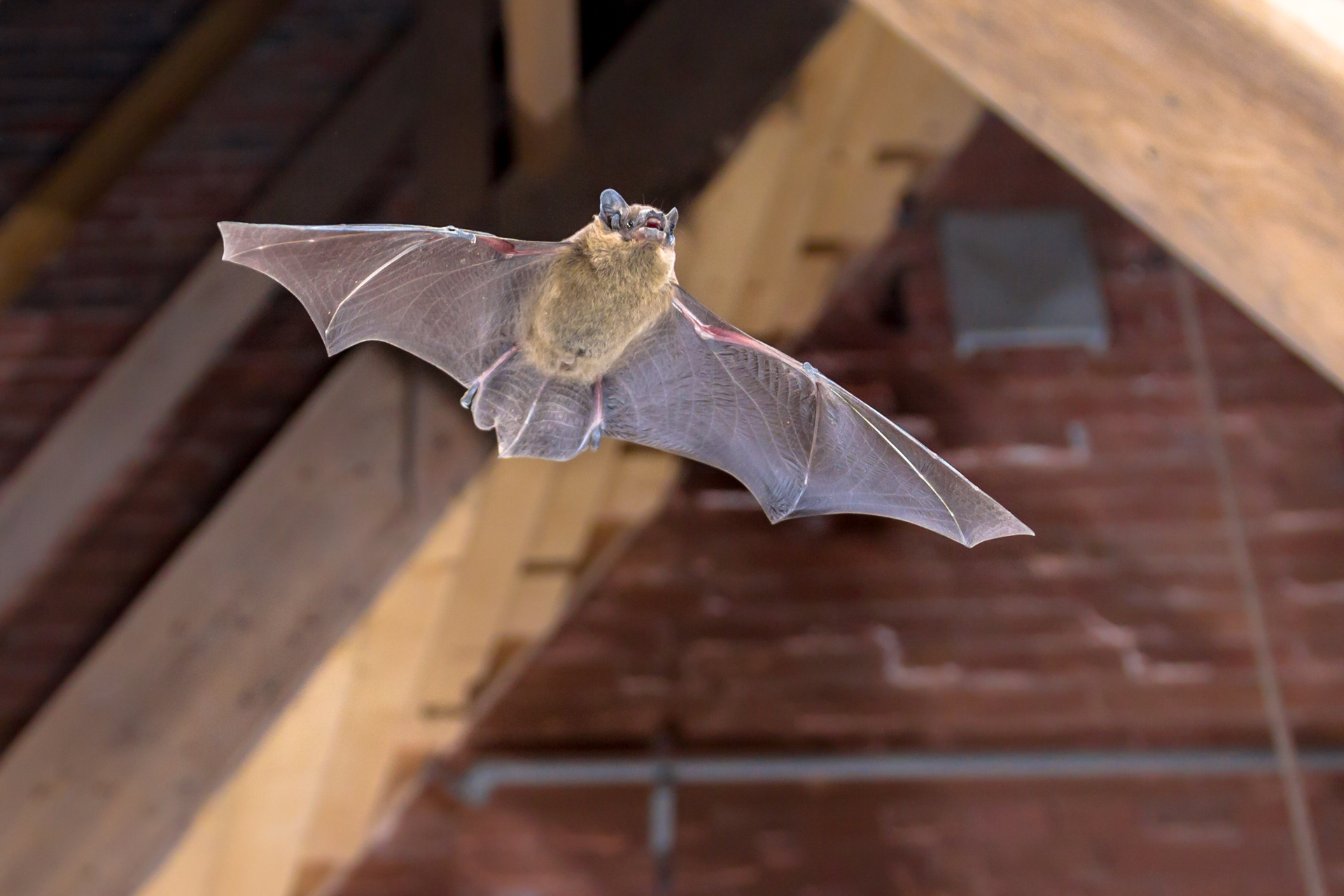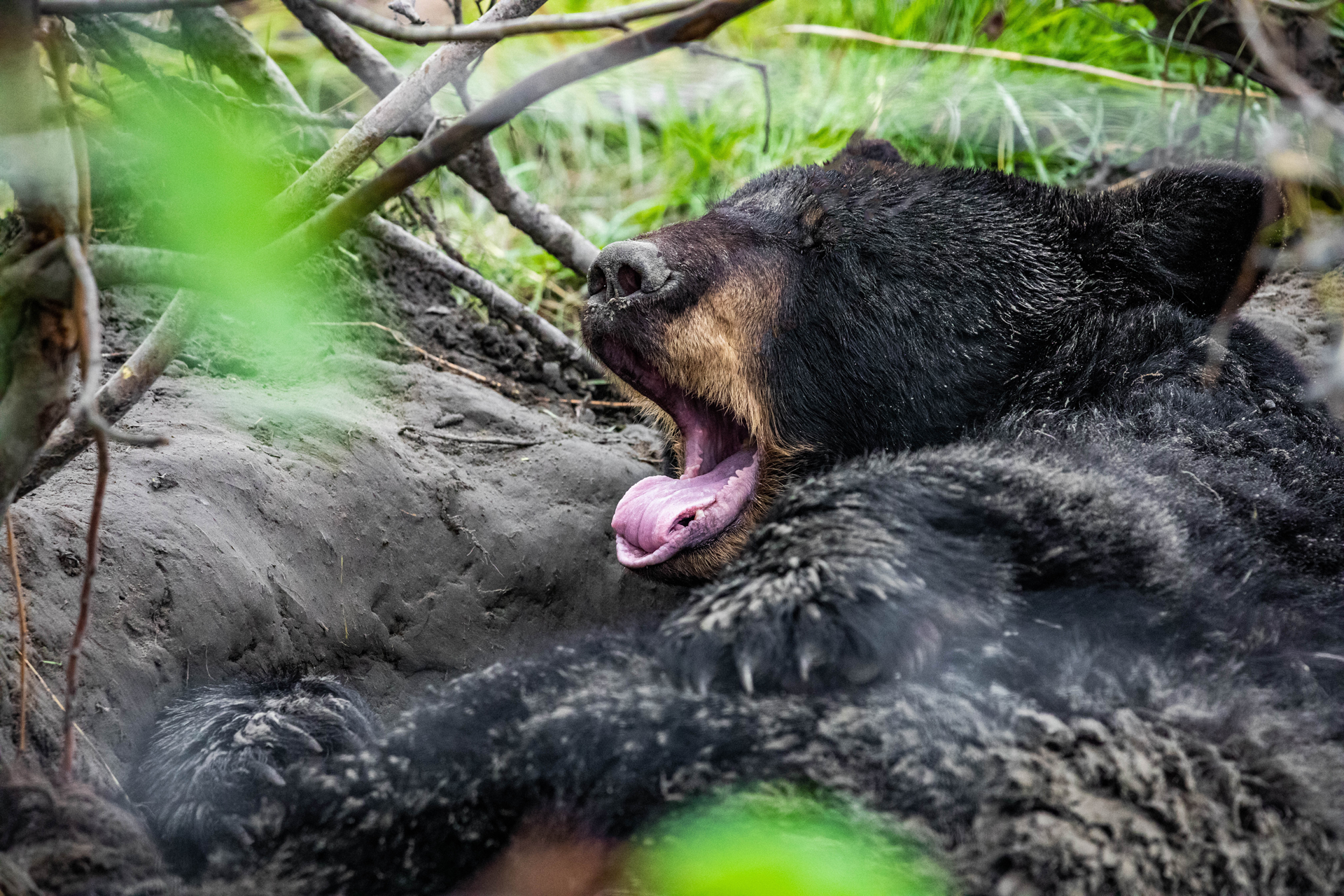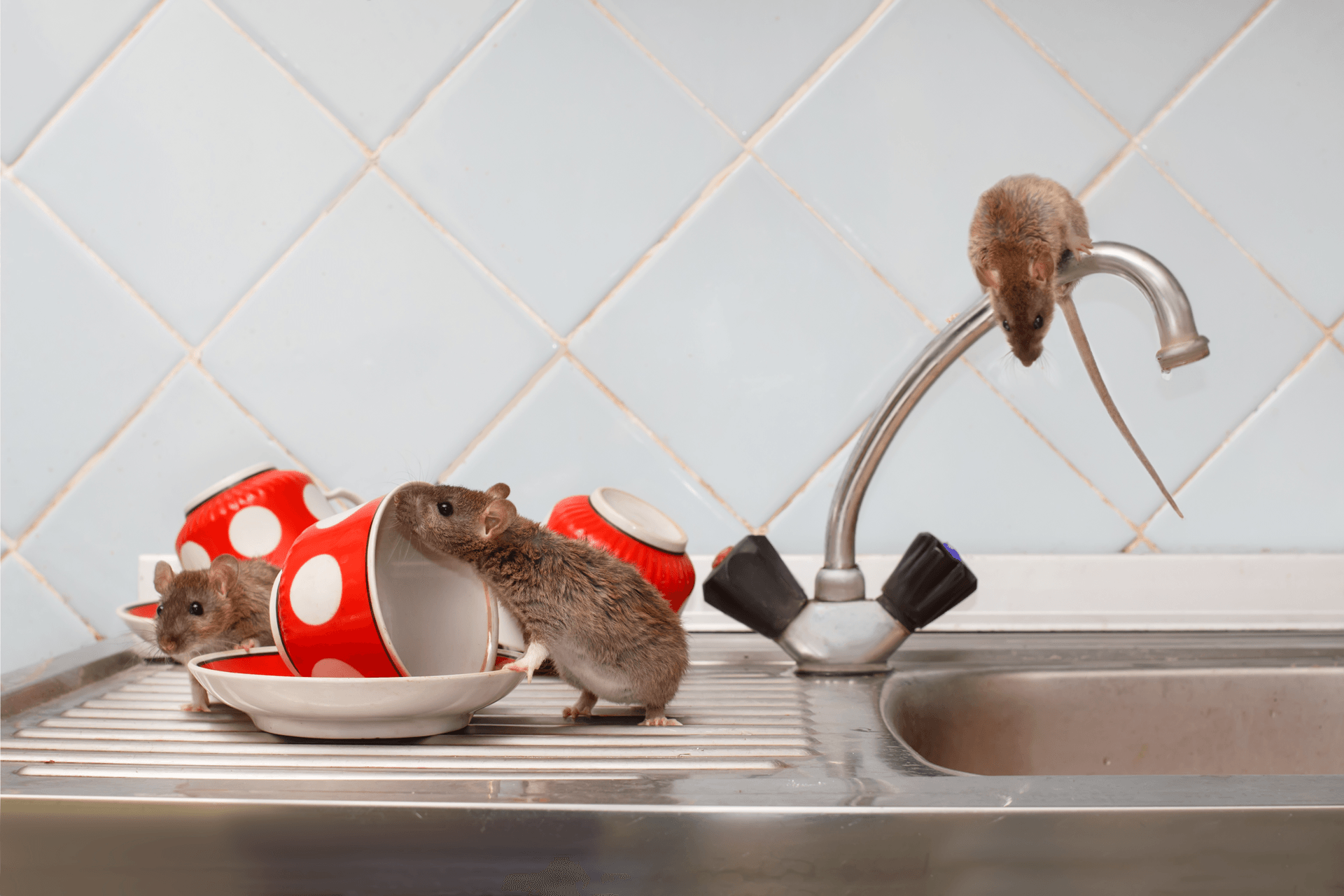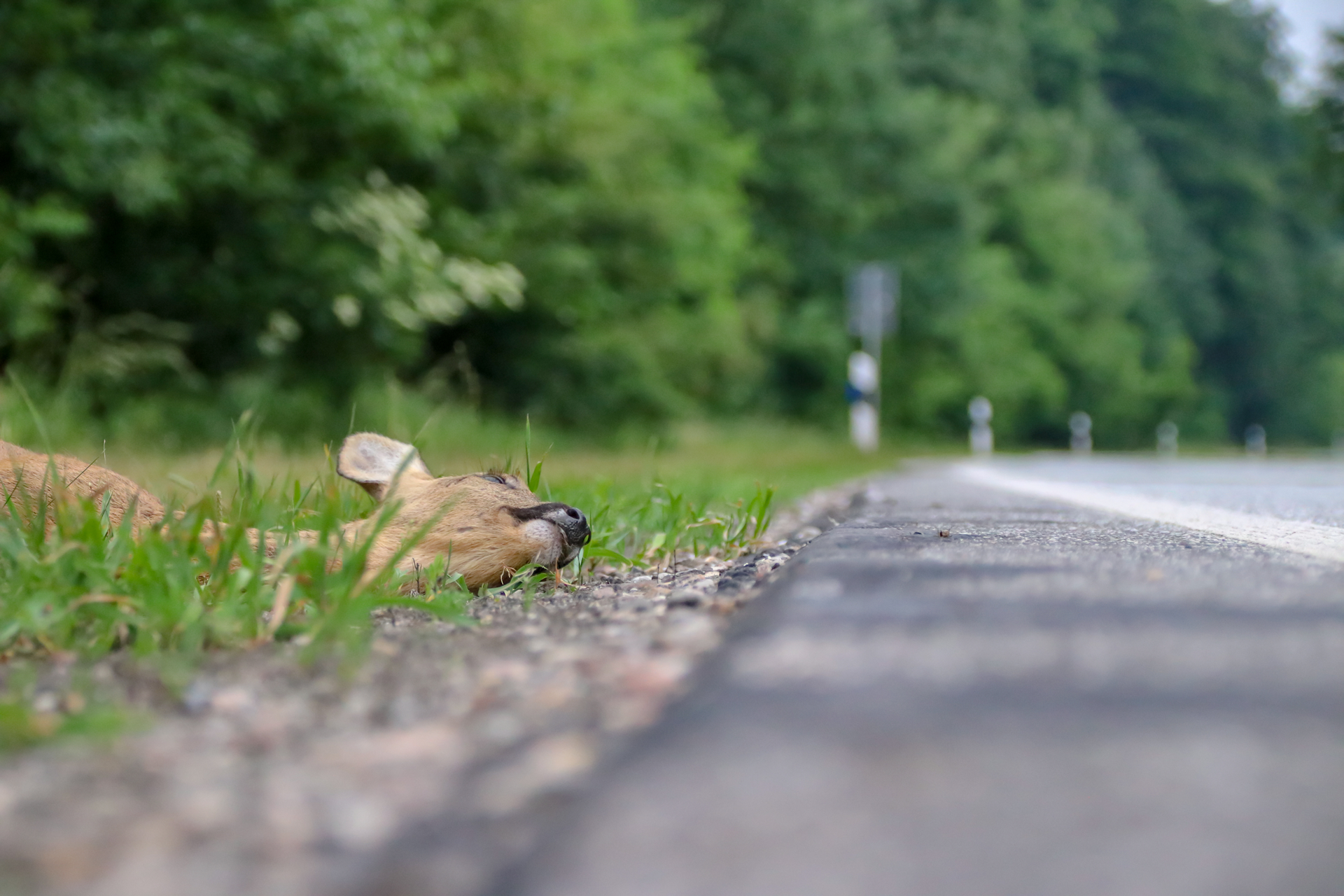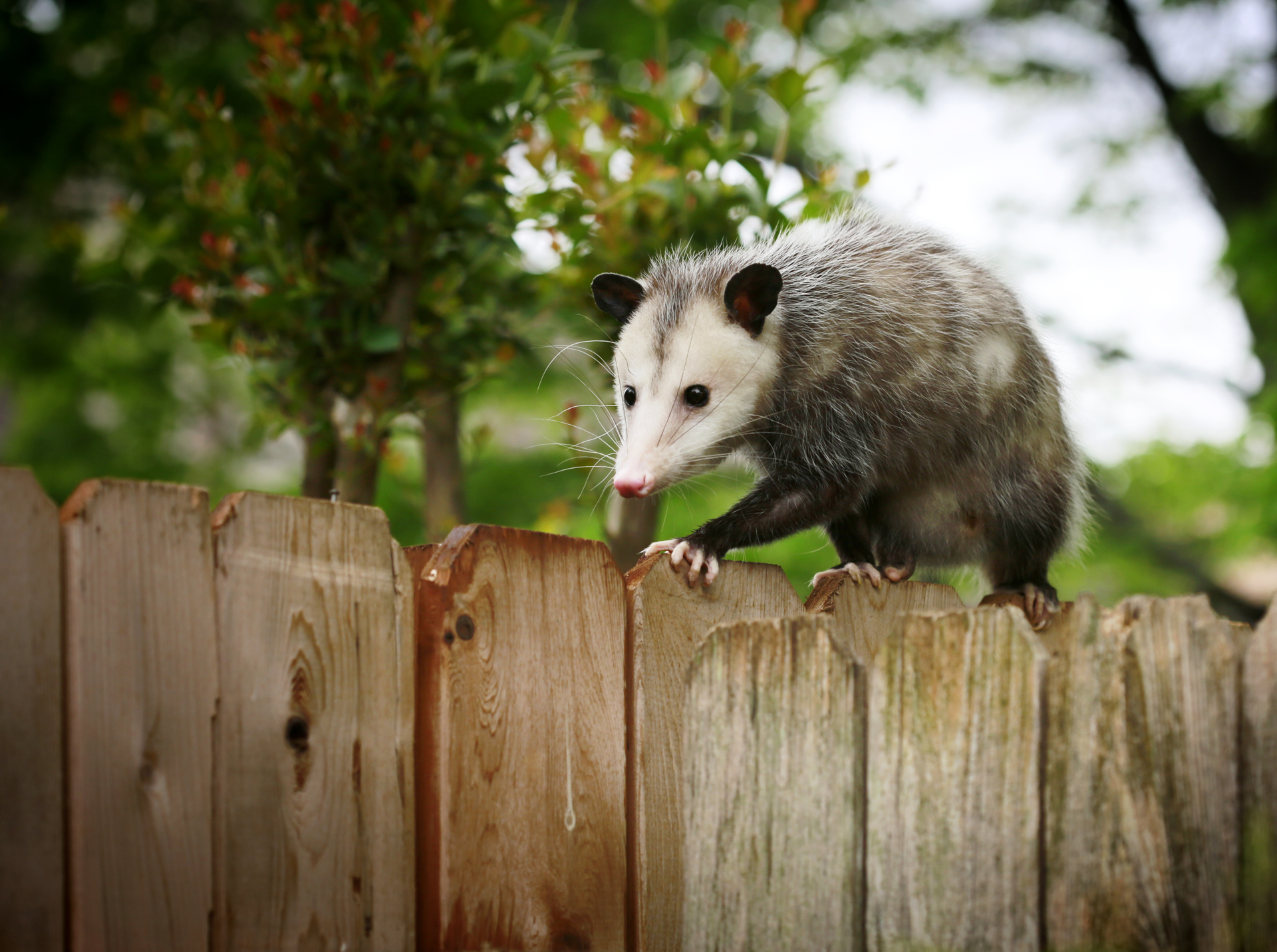Arkansas Invasive Species. How Did They Get Here?
Where Did The Invasive Species Of Arkansas Come From?
By definition, an “ecosystem” refers to a “biological community of interacting organisms and their physical environment” or a “complex network or interconnected system.” The connections within that system form over millennia, and imbalances that adjusts how the organisms involved in the community interact can jeopardize its success and health.
Exotic animals are disruptive and destructive to the ecological processes, going after the same resources that native species need to survive and out-competing them. They also threaten native species via predation and displacing them from their homes. In many cases, they also don’t have natural enemies because would-be predators in that area haven’t had time to adapt to go after them. That’s why invasive species, no matter how small, can be extremely dangerous.
Invasive species can also spread disease to humans and livestock and damage crops to the extent that a region’s economy is impacted. The effort to control invasive species costs the United States government an estimated $137 billion each year. Worldwide, that number reaches $1.4 trillion.
Invasive species don’t just wander over outside of their typical habitat and settle down. With air travel, railways, highways, and boats, they can arrive in many manners of transport. That often happens accidentally, making early detection and management key to mitigating the harm the invader may inflict.
One of the most invasive species in Arkansas is also one that puts a shiver down most spines, rats. The Norway Rat is the most common ground dweller and causes tremendous damage to homes, businesses, and food supplies. They are believed to have arrived in the colonies by boat around 1776, holed away in the food stores of Hessian fighters who were hired by England to fight the colonists.
Around the same time, the Norway’s little cousin, the house mouse, also made the trip here. First brought to South America by the Conquistadors in the early 1600s, the mouse made its way to the US with British colonists and French traders in the 1700s. Making a new home here even longer than the Norway rat is the roof rat. They have been sailing the seven seas along with humans since man started traveling the oceans, hence their nickname, ship rats. The first visitors to North America are to blame for today’s scourge. These three rodents can spread disease and damage crops.
European starlings, English sparrows, and pigeons are non-native and considered nuisance animals in Arkansas, destroying crops and gardens. The birds carry several diseases that can spread through their droppings, which also contains acidic qualities that can damage property. They also cause damage to native songbird nesting grounds. Starlings made their way to the United States in the 1890s in Central Park in New York City. An avid fan of William Shakespeare released 100 of the birds because he believed they were the author’s favorite birds.
Sparrows were brought to Brooklyn, New York, in 1852 to help eradicate a caterpillar problem. The insects were decimating Elm Trees. There are now over 540 million sparrows and 240 million starlings.
One thing they have in common, the same person, Eugene Schieffelin, was responsible for both releases.
Pigeons have been in the United States for over 400 years. They were originally brought here for food, sport, and for a way to communicate. For centuries, they were kept as barnyard animals and were considered a normal part of the environment. It wasn’t until the 1930s that the pigeon started to receive bad press. Then in 1963, they were blamed for two deaths and that moved them towards public enemy number one status.
Taking care of nuisance wildlife like those birds is permissible in Arkansas. The problem is, getting rid of them on your own is no easy task. The state of Arkansas has laws prohibiting the poisoning of birds and trapping them puts you at risk of exposure to disease. Firing a weapon within city limits is also illegal.
If you have a problem with invasive species or other types of wildlife you aren’t keen on having around your home or business, like raccoons, opossums, snakes, and beavers, contact Natural State Wildlife Solutions. We’re the top-rated wildlife removal company in our region, not only because of how effective we are but also because we use humane removal solutions that you can trust. We also offer services to fix up the damage left behind by nuisance wildlife, and our exclusion service ensures they can’t get back in. Contact us today for an estimate, and we’ll get started on making your home or business wildlife-free.


